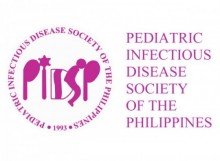Journal 2020 Vol.21 No.2
Medicinal Plants for Dermatophytosis: Senna Alata (Linn.) Roxb., Allium sativum (Linn.) and Cymbopogon citratus (DC.) Stapf
Charisse Leanne B. Legaspi, MSc
Abstract
Skin mycoses have been a major problem affecting millions around the globe. The threat of resistance to synthetic antifungal agents however is a major obstacle in its management. As an alternative to these, a thorough investigation of natural products is being performed to develop medicines that are effective and safe. In this review, we described three antifungal herbal plants that are available in the Philippines, namely Senna alata (Linn.) Roxb. (akapulko), Allium sativum (Linn.) (garlic) and Cymbopogon citratus (DC.) Stapf (lemongrass). In vitro studies showed promising results that can be used as a basis for drug formulation for community use as well as commercial products. So far, there have been no reported toxic effects from these plants. The common ground for these plants’ mechanism of action was the effect of their phytochemicals in the cell membrane and cell wall organelles, inhibition of major biosynthetic pathways, and prevention of biofilm
formation. Formulation and clinical studies also revealed promising results comparable to the synthetic ones.
Keywords: antifungal, dermatophytosis, Senna alata, Allium sativum, Cymbopogon citratus
https://doi.org/10.56964/pidspj20202102008
| View Full Article in PDF format |
Journal 2020 Vol.21 No.2 Review Articles 2pidsp@uplink.com.ph2022-12-11T04:53:35+00:00
